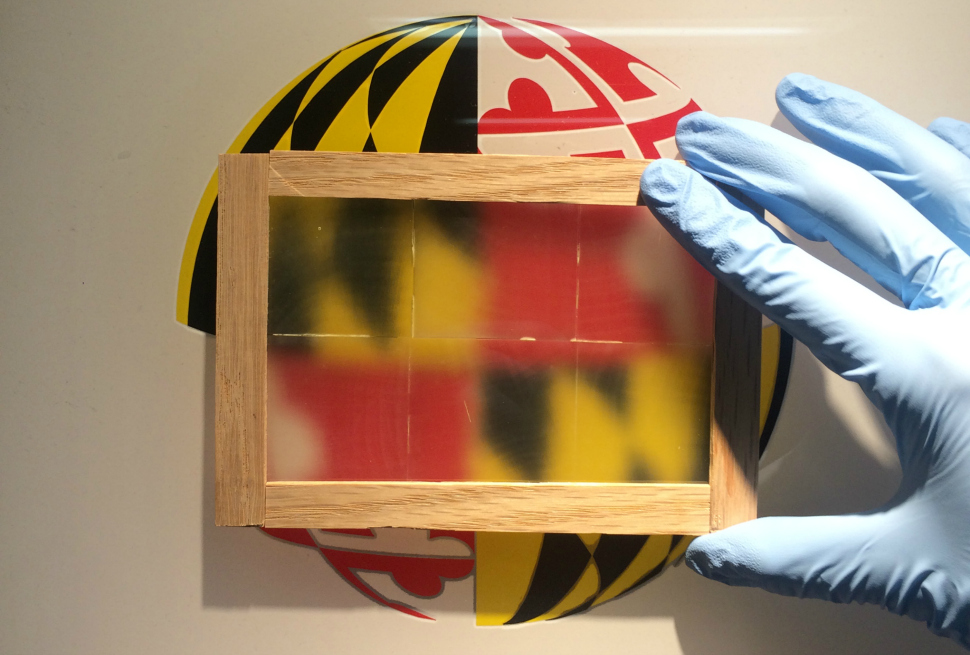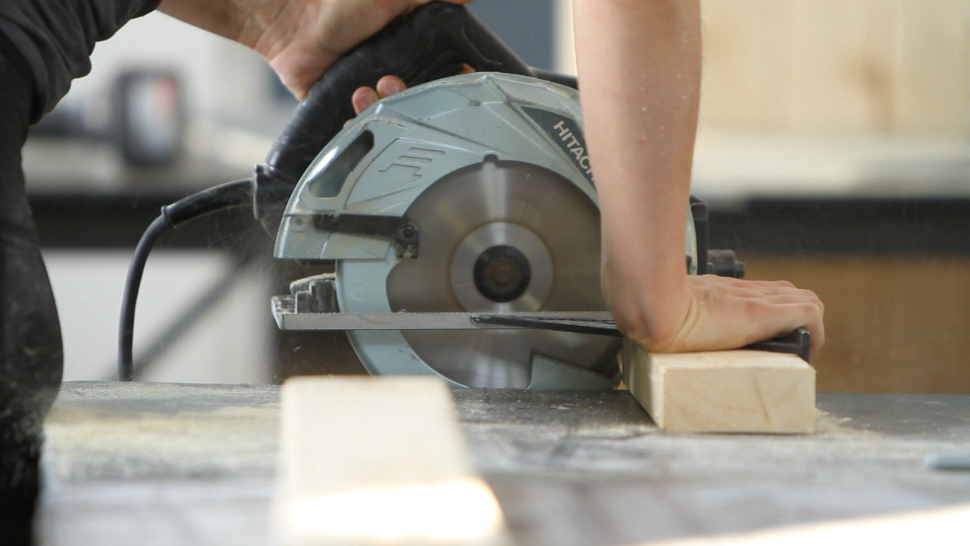John Tolley, November 2, 2016
Have you ever stopped to think about what goes into building the world we live in?
The schools of the Big Ten certainly have.
From the materials and planning to the engineering and ingenuity, the Big Ten is home to some of the most innovative thinking in construction technology. Student, faculty, and staff from around the conference are daily dedicating their manpower and minds to creating a safer, stronger, cleaner world.
We?re taking a look back at stories of how the Big Ten is bettering how we build our homes, our roads, our infrastructure, and our future.
This Maryland innovation may just shatter conventional windows

What if your wall was actually a window? That?s not an existential question. It?s the basis of a project by a team from the University of Maryland, which aims to make a transparent wood product that could also serve as a window. The result could have an incredible impact on the way we view lighting and heat our homes.
At Purdue, a big goal leads to a 'tiny' home
?One of the things that the students have learned,? Alter said, ?is that we don?t need heroes, we need partners - partners in our communities.?
Northwestern sets its sights on casting concrete on Mars
?Once humans land on Mars, they will need shelter, especially for protection from extreme temperature changes, radiation and meteorites. For this purpose, a concrete structure would be ideal,? said Cusatis. ?However, the main components of concrete as we use it on Earth are gravel, cement and water. Clearly, bringing cement and water from Earth to Mars would be prohibitive and that is the motivation for creating a new concrete that does not use these two components.?
Iowa organization builds bridges to better futures

In the United States, we take our transportation infrastructure for granted. It?s not necessarily a big deal for us to travel, say, a hundred miles from where we live, no matter where that might be. But in many parts of the world, a trip of just a few miles is fraught with hazards, as roads and bridges are either in poor condition or non-existent.







 See what's coming up live on B1G+ every day of the season at BigTenPlus.com.
See what's coming up live on B1G+ every day of the season at BigTenPlus.com. 